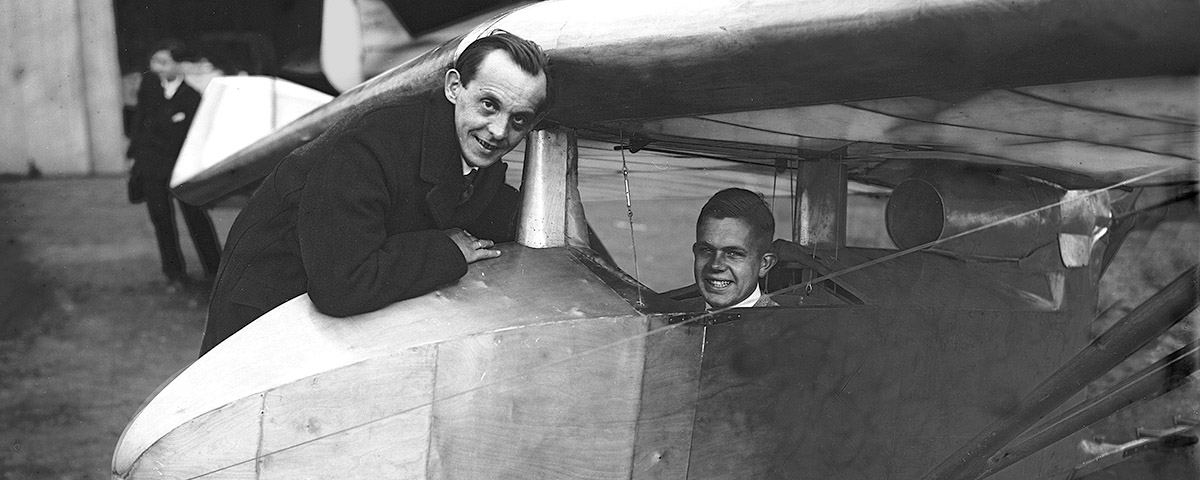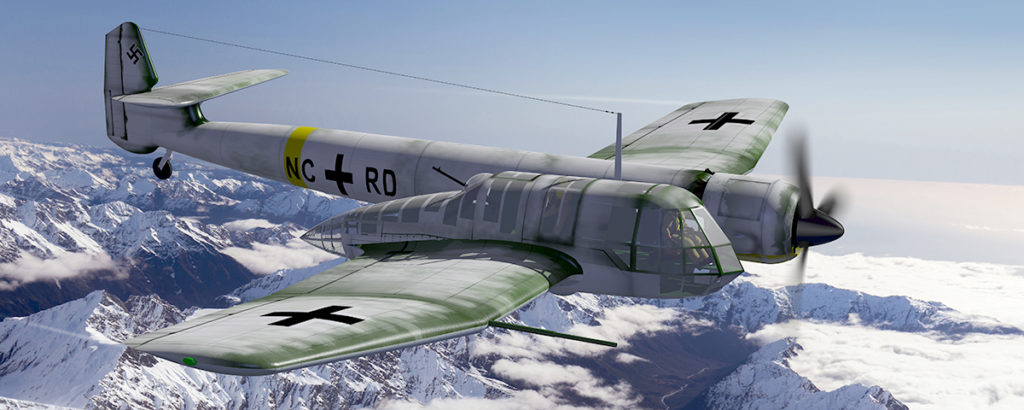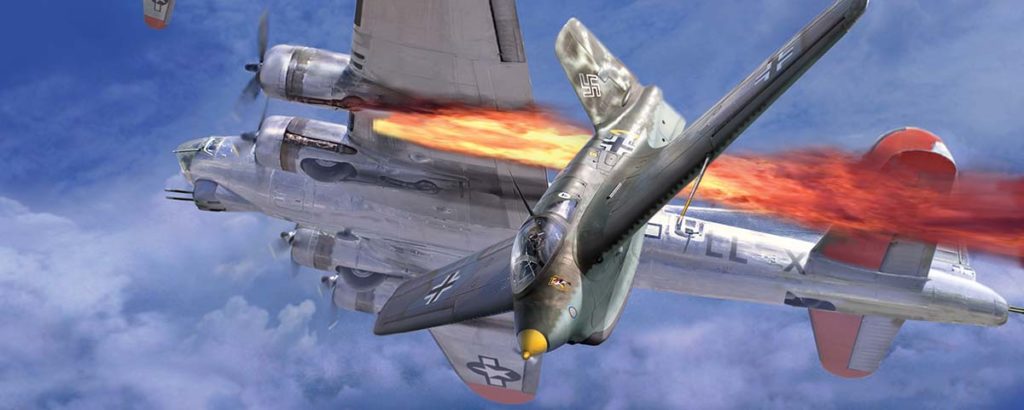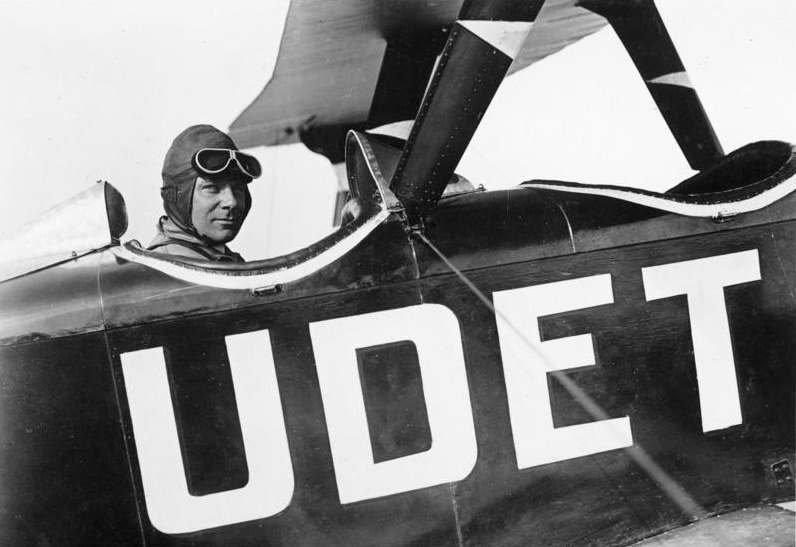Few aircraft configurations are more familiar than the delta wing, which dominated the sky for many years, and continues to do so in modified form. The delta wing provided convincing aerodynamic solutions for a wide variety of mission challenges, and also almost inadvertently created beautiful aircraft. Among these were supersonic transports (the Anglo/French Concorde and Tupolev Tu-144), great bombers (Avro Vulcan, Convair B-58 and Douglas A-4) and myriad fighters (Convair F-102 and F-106; Dassault Mirage and Rafale series; Douglas F4D; Saab Draken, Viggen and Gripen; MiG-21; and Sukhoi Su-9 through Su-11). The delta wing proved practical for everything from subsonic fighters like the Gloster Javelin to hypersonic space vehicles such as the space shuttle and the Soviet Buran. There were many others, of course, including such dazzling prototypes as the North American XB-70, and even a few disappointments, among them the Convair Sea Dart. Nonetheless, the delta-wing planform in its many variations—tailless, tailed, ogival, etc.—provided a solid pattern for the jet age. Many modern aircraft still use some form of it, including the Lockheed Martin F-22, the Eurofighter, the Gripen and others.
Yet we rarely see any mention of the man at the root of this type of design, Alexander Lippisch. Given Lippisch’s research-oriented, forward-looking nature, that probably never bothered him an iota. While the genius of men such as Kelly Johnson, Ed Heinemann, Igor Sikorsky and others is widely and justly celebrated, there are many other engineers who attained truly stellar status among their peers, but who are virtually unknown to the public. In addition to Lippisch, the long list of these first-rate designers includes Anselm Franz, Alfred Verville and Willis Hawkins.
Lippisch was by nature and training an artist, but he was led by instinct, circumstance and hard work to become a great engineer. His status as both engineer and artist is evident in many of his 50-plus aircraft designs. Among aviation aficionados, he is most widely recognized for the designs that led to the Messerschmitt Me-163, the only rocket-powered fighter to see combat.
For the rest of the world, Lippisch’s engineering skill and artistry remain virtually unknown. His carefully worked out design of the delta wing led to thousands of beautiful production airplanes from Douglas and Convair, but none of them bore his name. His work, which began with simple gliders in Germany, ultimately led to a stunning example of engineering and artistic prowess in the Convair B-58. Despite the unseemly nickname of “Hustler,” it was an aircraft of pure sculptural beauty as well as the first operational Mach 2 nuclear bomber.
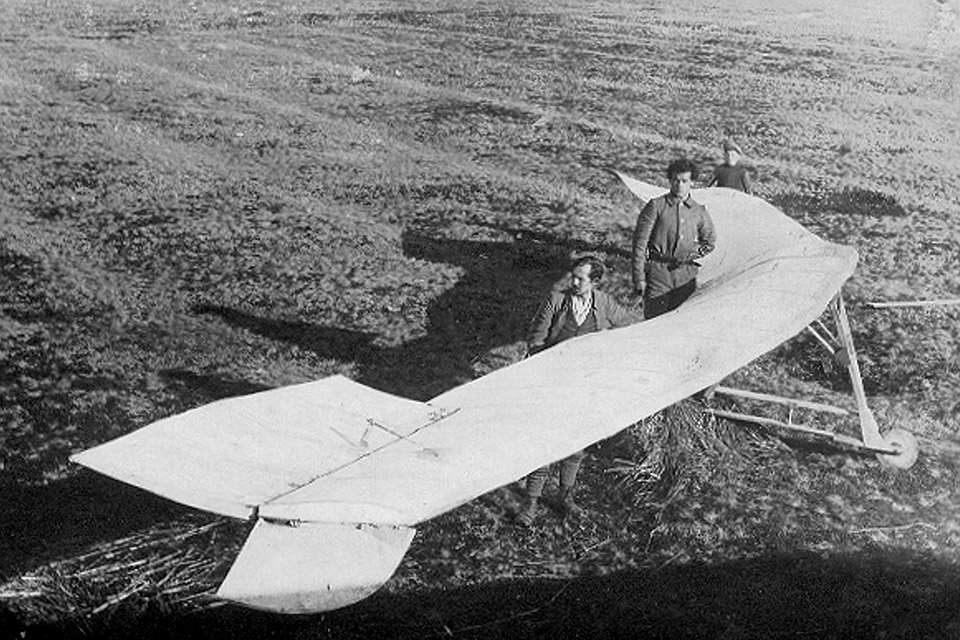
Lippisch’s inherent talent dictated the course of his life. He both flew and fought in World War I, then endured the rigors of the upheavals in postwar Germany. After 1933 he was forced to adhere to Nazi organizational requirements in order to pursue his work. He was short, slight and saturnine in appearance, but he was also often amusing and even lighthearted despite the difficulties dealt him. Later in life, when he was able to embrace the freedom offered him in the United States, he became more open, engaging in a broad spectrum of engineering challenges.
Lippisch’s good nature comes across in an early 13-part TV series, The Secret of Flight, which he wrote, directed and narrated while working at the Collins Radio Company. While he’s no Jay Leno, his dry wit comes through as he explains in the simplest terms the basic roots of flight. The series is preserved among his records at the University of Iowa, and thanks to the all-embracing power of YouTube, it’s still viewable today. From it you can obtain a very genuine impression of a man who enjoyed his life—which was in fact his work.
Lippisch was born in Munich on November 2, 1894. His father, Franz, was a successful painter, creating portraits and landscapes that are highly valued today. Franz’s success enabled him to marry Clara Commichau, daughter of a wealthy merchant family—a match that would have been denied to a typical “starving artist.”
Munich was to art in Germany as Paris was in France, and young Alexander’s family cultivated his natural interest in all the arts. He painted and played the lute, which attained wild popularity in Germany at the start of the 20th century, just as the guitar did in America some 50 years later.
Recommended for you
Yet his interest was also stirred by the growing fascination with aviation in Europe. Otto Lilienthal had become a national martyr to flight in 1896, and Count Ferdinand von Zeppelin was pioneering new territory in lighter-than-air craft. Young Lippisch was at Templehof in 1909 when Orville Wright conducted a series of demonstration flights that would launch Germany—and the 15-year-old Lippisch—toward the future of aviation. The teenager was so impressed that he made a watercolor painting of the event, which he kept for the rest of his life. He also began building models, starting with a Wright Flyer.
Family tradition induced Alexander to enter art school at Weimar in 1914. But fate dictated a new path with the beginning of what became known as the Great War. Lippisch soon found himself serving as an infantryman on the Eastern Front. After he suffered a bout of pneumonia, officials assigned the former art student to prepare topographical maps from aerial reconnaissance photos—some of which had reportedly been taken by Lippisch himself. His next assignment, however, was improbable: He was sent to work for the great Claude Dornier, an important engineer with the Zeppelin firm. The die had been cast. Despite Lippisch’s total lack of formal engineering training, he somehow managed to converse easily with such luminaries as Dornier, Ludwig Prandtl and Theodore von Karman.
The end of the war disrupted most lives in Germany, particularly in its once-booming aviation industry, since the Treaty of Versailles prohibited building powered aircraft. Yet Lippisch survived those dark days, employed by Zeppelin but also moving forward in clandestine entrepreneurial efforts with powered aircraft. More important, he became fascinated by the concept of all-wing (i.e., tailless) aircraft during that period. By 1921, Lippisch’s first design was built by Gottlob Espenlaub as the Lippisch-Espenlaub E-2 glider. Espenlaub later became famous for introducing the idea of towing gliders into the air with powered aircraft, as well as his experiments with rockets in planes and automobiles.
The prohibitions on powered flight naturally encouraged interest in gliders, and by 1925 Lippisch was named technical director of the Rhön-Rossitten Gesellschaft (RRG), the German national gliding organization, which grew to more than 60,000 members. The strictures of the Versailles treaty were beginning to ease, and Lippisch was able to lead experiments with powered gliders. Along with many other air-minded Germans, he based his operations in the Wasserkuppe, a high plateau near Fulda, roughly 60 miles from Frankfurt. In 1926 he worked with Fritz Stamer, his future brother-in-law, who also became his business partner and served as a test pilot. Together they created the classic “profile glider,” the highwing Zögling that is seen in so many documentaries about early German flight.
Lippisch’s position allowed him a great deal of freedom, and he designed aircraft for himself and on contract, including training gliders and sailplanes. He recognized that he was not a good pilot, and wisely left the flying to others.
His most important work during this period was the design of nine tailless aircraft, designated Storch I through IX. Little was known about these “Storks” at the time, and that remains the case more than 80 years later, save that Lippisch improved them sequentially. In 1931 he placed an 8-hp, 2-cylinder engine on Storch V, which flew very well, but Lippisch could not secure formal backing for the design. All the Storks featured lightweight construction and appeared fragile, but they evolved over time to incorporate his trademark delta wing. Lippisch believed the new shape would be advantageous for fighters, bombers and transports.
The importance of Lippisch’s delta wing became evident later. He was initially best known for his canard-surface, tailless Ente (Duck), which attracted the attention of automobile magnate Fritz von Opel, who was then conducting publicity-generating experiments with rocket power. The Duck design lent itself to the installation of two simple black powder rockets, intended to be fired sequentially for maximum duration. Stamer made the first successful powered rocket flight on June 11, 1928, flying a one-mile circuit over an airfield. A second flight ended in disaster when a rocket set fire to the Ente. Stamer executed a successful forced landing, but the airplane was consumed in flames.
After Adolf Hitler came to power in 1933, the RRG was broken up into two elements. The younger members were indoctrinated into the Hitler Youth, while Lippisch’s design and research section became the Deutsche Forschungsanstalt für Segelflug (DFS), or the German Research Institute for Gliding. DFS designed many of the Luftwaffe’s principal gliders, including the famous DFS 230A, which carried German paratroopers to the top of Belgian Fort Eben-Emael, capturing it on May 10, 1940.
The DFS was the apolitical path by which Lippisch worked for the Nazi government. While not an ardent Nazi, he joined the party in 1934, subsequently becoming a member of first the Nazi Flying Corps and then the German Labor Front. He was in fact a typical unapologetic German patriot who backed his country’s rearmament. Far more than anything else, however, he was obsessively involved in aviation engineering, which would have been the case regardless of politics. Lippisch had great leeway as the chief designer at DFS, and his later designs there (DFS 193 and 194) became the basis for the Me-163, the world’s first operational rocket-powered fighter.
Not surprisingly, there were many obstacles along the way to the Me-163, few of them related to its superb aerodynamic qualities. The rocket engines were inherently dangerous, and remained so for the life of the program. There was unseemly squabbling with both the Heinkel and Messerschmitt companies, and Lippisch sometimes squared off with Willy Messerschmitt himself.
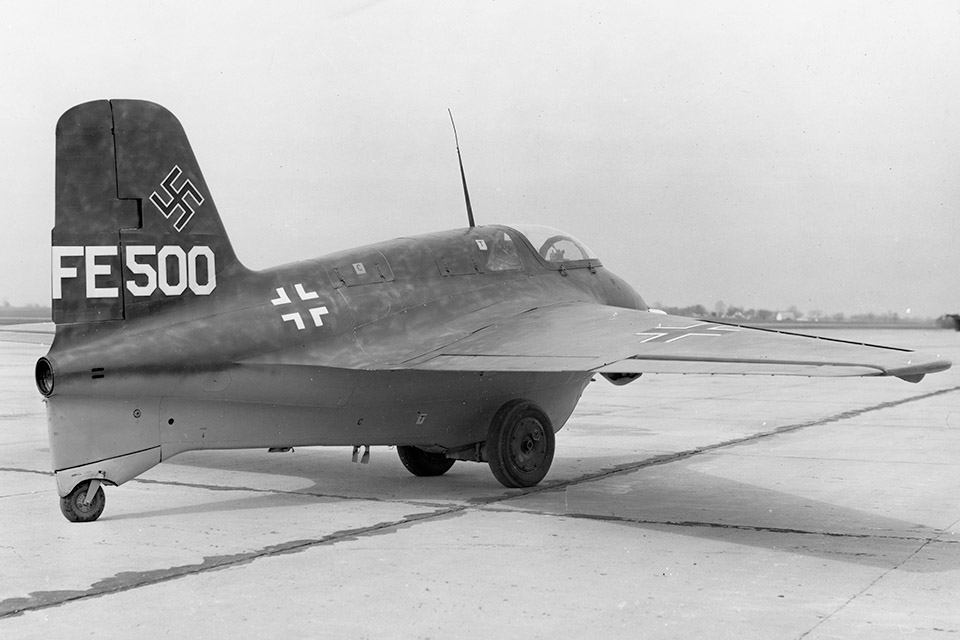
While Lippisch’s original DFS 39 Delta IVc was intended to fly with a small 75-hp Pobjoy air-cooled pusher piston engine, a decision was made to install an 882-pound-thrust Walter rocket engine instead. After tumultuous bureaucratic battles and extensive aerodynamic studies, the design matured into the DFS 194, which was used as a research aircraft at Peenemünde. The aircraft’s flight duration was short because of limited fuel capacity, but it achieved speeds over 340 mph and demonstrated a high rate of climb. Courageous test pilot Heini Dittmar made the first flights.
Ultimately Lippisch was tasked with sole responsibility for building the rocket-powered fighter, requiring him to leave the DFS, which he did on January 2, 1939. He and 12 colleagues joined Messerschmitt and formed a special unit devoted to developing the Me-163 as an operational rocket interceptor. A series of gliding flights were undertaken to refine the aerodynamics of the aircraft. By the summer of 1941, a 1,653-pound-thrust HWK rocket motor allowed Dittmar to achieve speeds of 550 mph, unofficially shattering all world speed records. Fuel supply remained the limiting factor. But on October 2, 1941, when Dittmar was towed to altitude behind a Messerschmitt Me-110, he cast off at about 13,000 feet, fired the rocket motor and reached an incredible speed of 623.85 mph.
The full story of the Me-163’s development and deployment has often been told. The aircraft was dangerous because of the volatile fuel used for its rocket engine, and its duration of flight was far too short. The undercarriage system consisted of a trolley for takeoff and a skid for landing, which turned out to be both inconvenient and troublesome. Its cannons, while powerful, fired too slowly for the aircraft’s high closing speeds. But despite its flaws, the Me-163 boasted superb aerodynamic qualities and flying attributes.

this article first appeared in AVIATION HISTORY magazine
Facebook @AviationHistory | Twitter @AviationHistMag
Characteristically, once he had solved the Me-163’s problems relating to successful flight, Lippisch was ready to move on. In 1943 he left Messerschmitt behind, going to the Aeronautical Research Institute in Vienna to study high-speed flight. Despite his lack of formal training, Lippisch’s achievements earned him a doctoral degree in engineering from the University of Heidelberg. His most notable design in Vienna was the DM-1, a delta-wing glider that ultimately would have led to a ramjet fighter powered by a radical coal-burning engine. Designated the Lippisch P-13b, it never actually flew, but computer graphic renditions of the design often appear in TV documentaries.
After the war ended, Lippisch was among the leading German scientists and engineers scooped up in Operation Paperclip. An FBI analysis of his past led to the conclusion that Lippisch was not an ardent Nazi, but rather one of many scientists who had joined the party in order to continue their work in wartime.
In the U.S. he was content to endure the endless meetings, briefings and transfers implicit in a grand design such as Operation Paperclip. A good soldier, he didn’t complain about all that red tape. He cooperated in the testing of his DM-1, which had been shipped to America (today it’s part of the National Air and Space Museum’s collection).
Lippisch’s discussions with engineers from Convair excited their interest in the delta-wing configuration, which led first to the Convair XF-92 and subsequently to many other designs. Despite those consultations and the fact he remained as farseeing and inventive as ever, the postwar years did not provide Lippisch with an opportunity to bring many of his ideas to fruition. After his Operation Paperclip work at Wright Field ended in 1946, he joined the Naval Air Materiel Center in Philadelphia, staying there until 1950. He then took a job with the Collins Radio Company in Cedar Rapids, Iowa, serving until 1964 as director of its aeronautical division.
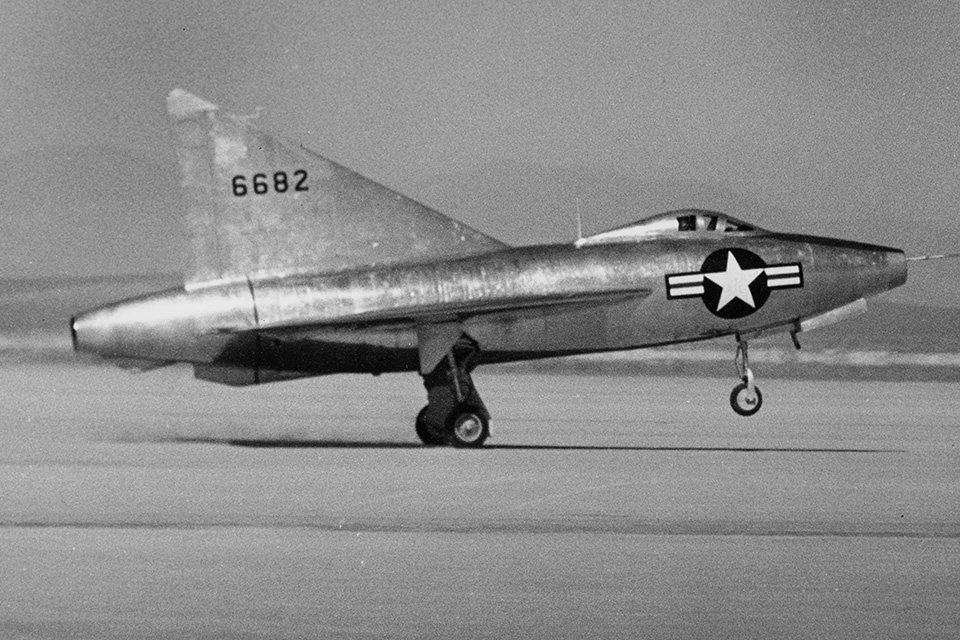
Lippisch’s success with tailless aircraft led him to an even more radical concept, the wingless Aerodyne, sometimes called “fluid-sustained, fluid-propelled” aircraft. He envisioned them in a wide variety of types, including vertical takeoff interceptors, bombers and fighters. In the early versions, two coaxial propellers drove the Aerodyne, with vertical flight achieved through the slipstream being diverted downward through flaps. Control was effected by deflecting the slipstream in the desired direction.
Unmanned versions were tested at Collins, and Lippisch patented the idea in 1959. While the idea was even more technically advanced than Lippisch’s tailless delta-wing designs, there was no national emergency driving the need for the Aerodyne. As a result, a piloted version was never built.
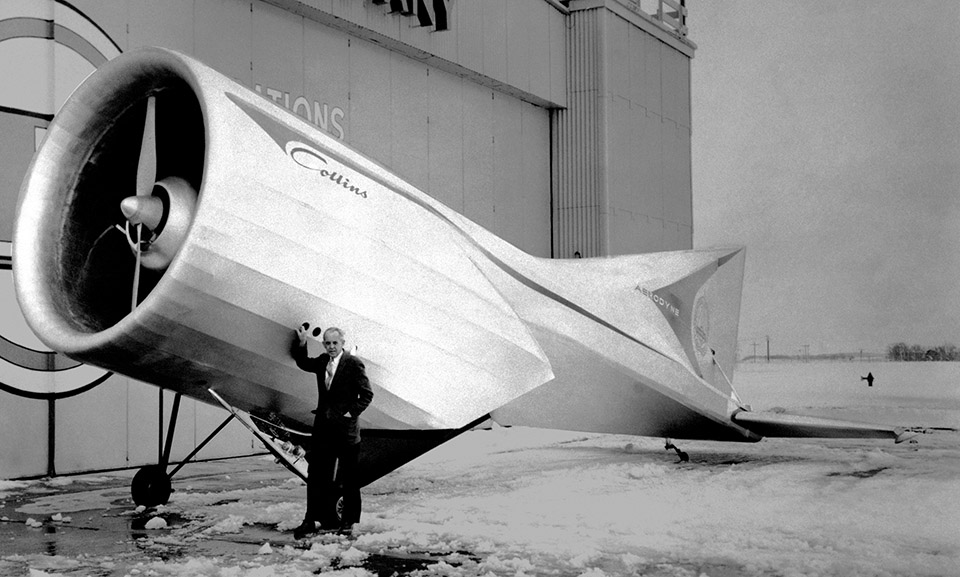
The general concept was developed elsewhere as well. The French company SNECMA, Dornier and Hiller Helicopters pursued similar craft. Much later, NASA combined the work of two very different engineers, Lippisch and Willard Custer (of Custer Channel Wing fame), into its extremely short takeoff and landing concept. It proved to be more short-lived than short-takeoff.
In ensuing years Lippisch headed the hydrodynamic laboratory at Collins and built a series of high-speed craft that led to the aerofoil boat, a seaplane that flew well over water or land. The first full-scale model was the Collins X-112, flown in 1965, a year after Lippisch retired. He was then 70 and in poor health: His longtime cigarette habit had led to emphysema. Nonetheless, he formed the Lippisch Research Corporation and continued his consulting work with American and German firms, pursuing his interest in hydrofoils and “aeroskimmers.” The later Russian ekranoplans almost certainly benefited from Lippisch’s work (see “Extremes,” November 2011 issue).
Given his driven nature, the difficulties he faced in the course of two world wars and the obstacles he had to overcome to see his ideas reach fruition, it’s worth noting that Lippisch was a good family man—an aspect of the designer’s life emphasized in John Goodlove’s blog “From Wrights to Wars” (alexanderlippisch.blogspot.com). Lippisch married Katherine Stamer in 1926, and they had two sons, Hangwind (Hank) and George. After Kate died in 1938 from an acute appendicitis attack, he married Gertrude Knoblauch the following year. He and Gertrude had three children, Sibylla, Blanca and Peter. Lippisch somehow managed to keep his family together, and often with him, throughout World War II. He subsequently brought them with him to the United States.
It might not be unfair to claim that Lippisch’s genius was so advanced that it could be brought to fruition only under emergency conditions, as was the case with the Me-163. The ordinary peacetime civil and military market was not ready to pursue his later advanced ideas at such a rapid pace. Nonetheless, with more than 50 aircraft designs and 50 patents, Alexander Lippisch remains one of the most important designers of his time.
Contributing editor Walter J. Boyne is a retired U.S. Air Force colonel, former director of the National Air and Space Museum and author of more than 50 books on aviation. For additional reading, try: The Delta Wing: History and Development, by Alexander Lippisch; and The Aerodynamics of the Unconventional Air Vehicles of A. Lippisch, by Henry V. Borst.
This feature was originally published in the July 2012 issue of Aviation History. To subscribe, click here.

